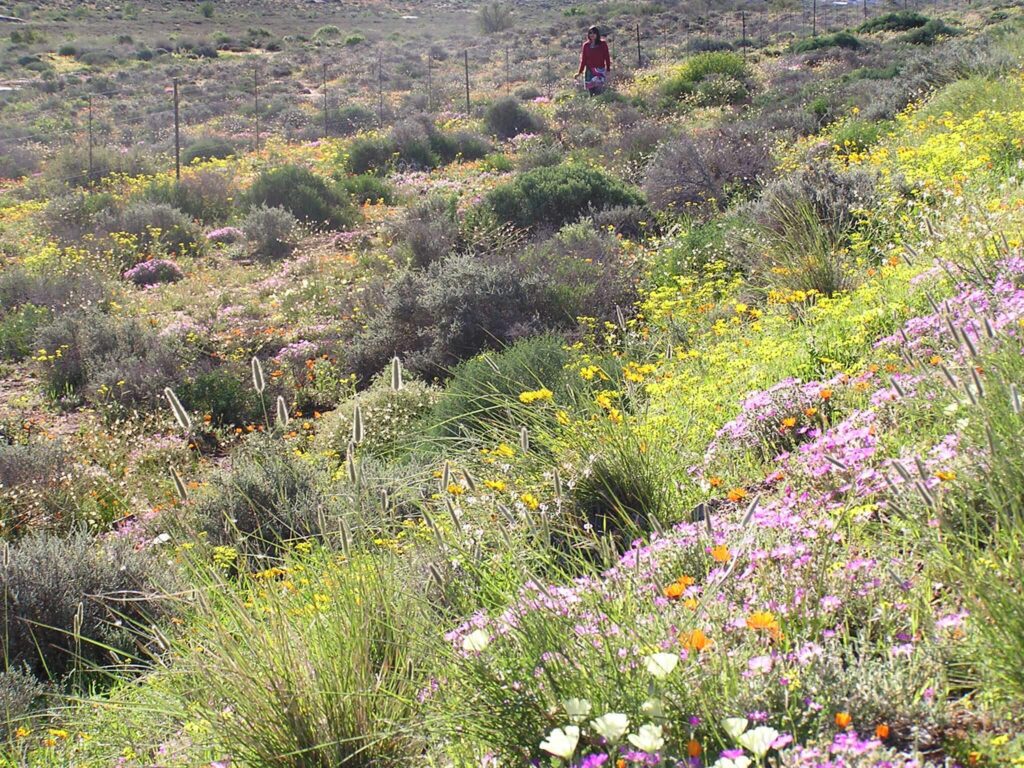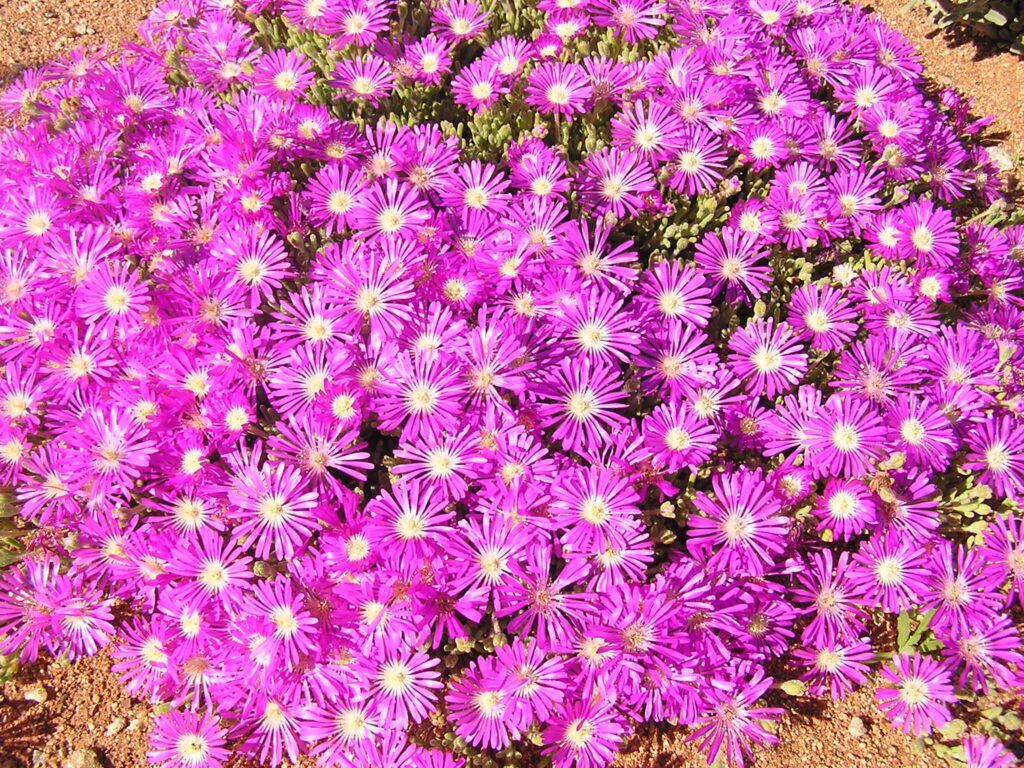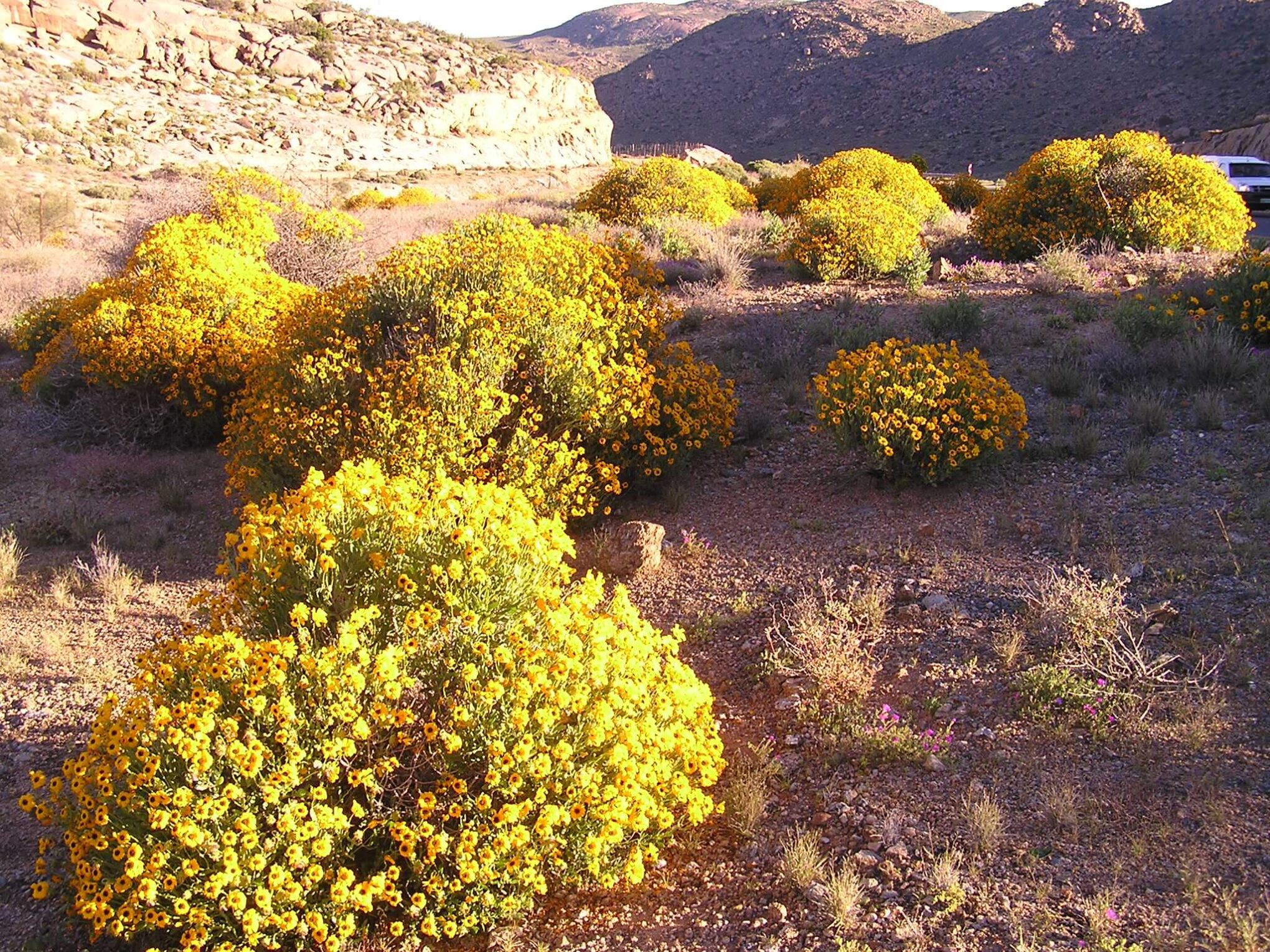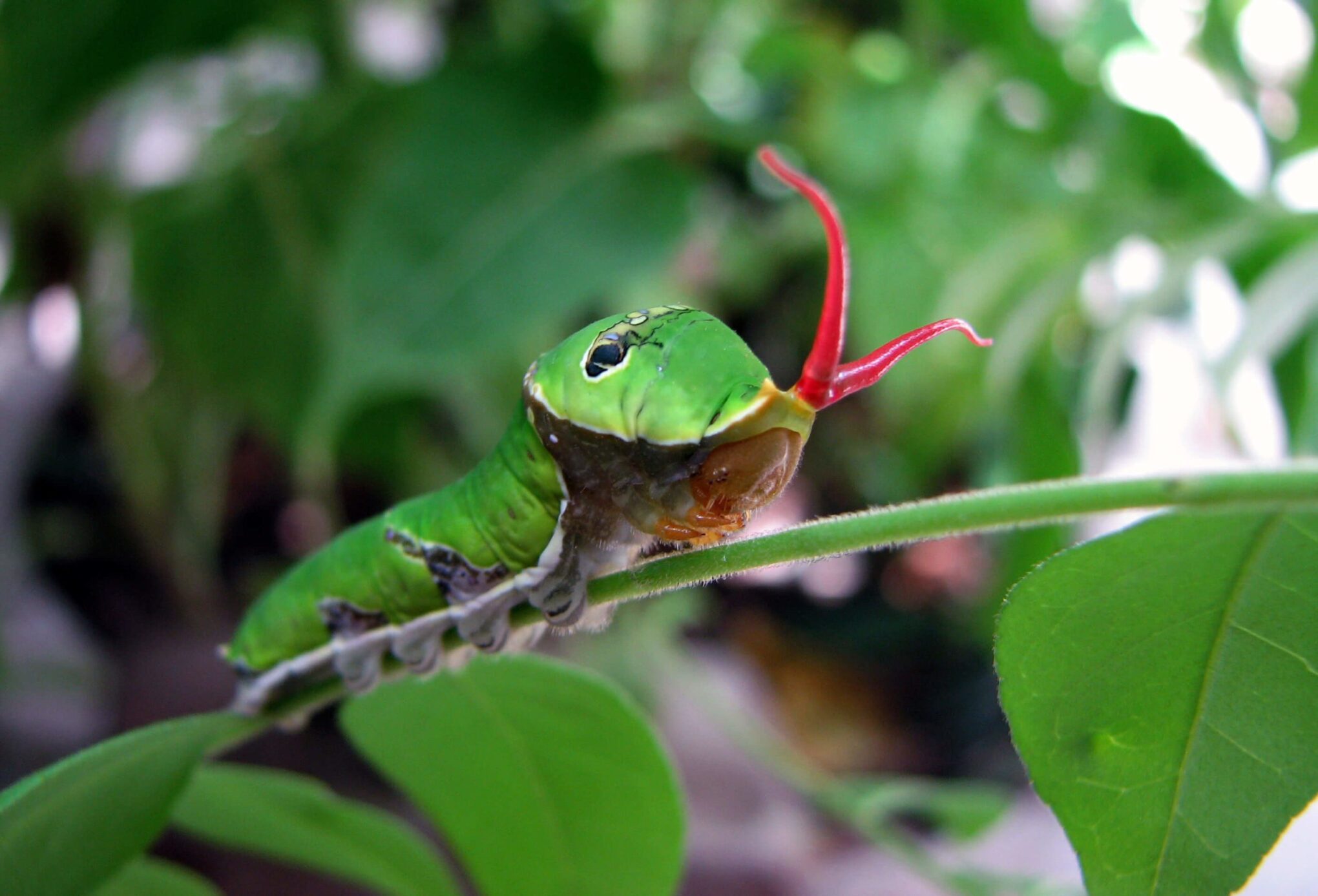Reading Time: 4 minutes
On Earth Day, as part of Different Truths’ special feature, we travel with Anindita to see the resplendent beauty of South Africa. Each year, few weeks from August to October, Namaqualand’s spring flora bursts forth in a riot of colours that bewitches the eye with images of dazzling brilliance. Namaqualand is part of a plant geographic area called the Succulent Karoo, on the border of Namibia. Here’s a report.
On earth day I dedicate my thoughts to the vast wild floral carpet of the Namaqualand daisies – resplendent in their glory, sumptuous in their grandeur, opulent in their riot of colours, spread willfully amongst the vast acres of wilderness, under the heedful gaze of mother earth, watched by millions, yet nurtured by none.
“Goeie more” (good morning in Afrikaans) greeted a friendly voice on the flight, breaking my reverie. The fact that I had finally boarded a flight despite missing one and paying through bleary, tear-streaked eyes for extra tickets, speaks volumes about my unwavering resolve to see a rare spectacle of nature not known to many. My co-passenger by divine interference was not my husband, since his face, at that instant, was not exactly a reflection of benevolent mercy. We drove to the wrong airport almost by calling, missed the flight, the alarm in the house had gone off, and the phenomenon of the rather obscure Namaqua daisies 570Kms from Cape Town seemed to the man, yet another whim born out of an aberrant morning outburst of a bizarre traveler. And flowers are rarely a man’s first choice. My fellow passenger, from Cape Town, was quite intrigued when she heard of my persistent resolve to see the hills of the famed flowers. The year before apparently the flowers had wilted due to excessive rains, and before that, there were no flowers at all. My face wore an expression of a carte blanche denial that refused to acknowledge that global warming is a phenomenon and that El Nino La Nina and the like can be relegated to oblivion.
This is like a gourmet menu of nature: has to be brought alive with care, time and attention, free from human interference.
Each year, few weeks from August to October, Namaqualand’s spring flora bursts forth in a riot of colours that bewitches the eye with images of dazzling brilliance. Namaqualand, in South Africa is not a politically defined region; it is part of a plant geographic area called the Succulent Karoo, an area that is strongly influenced by winter rain and fog on the border of Namibia. The spring flowers are an occurrence marked by the rather precision timing of many natural contributors: sun, the timing of the winter rains and the proportion of it. This is like a gourmet menu of nature: has to be brought alive with care, time and attention, free from human interference.

We landed in Cape Town on a wintry morning to embark on our ambitious journey from Cape Town to Springbok (a small town also called “dorpie” in Afrikaans), a distance of about 570 Km. This incredibly beautiful, yet often overlooked, area of undulating wheat fields, vineyards and deep river valleys, is named for its wide fertile plains which, after the rains turn black (Swartland means black land in Afrikaans). The wide fertile plains are filled with golden wheat fields that have earned the status as the breadbasket of the Cape. We were so caught up in the patchwork quilt of colours that we almost missed the small outcrops of flowers along the sides of the roads. And almost suddenly, as if someone had waved a magic wand, the flowers were everywhere. A semi arid somewhat desolate bleak land surrounded by barren mountains and valleys were covered with a veritable ocean of colours, with daisies of all colours and hues. We passed several small towns in the wake, all of them resplendent with myriad hues as if a unique welcome was orchestrated for every visitor. This was the closest I thought I could get to Cannes and the historic red carpet welcome.
The plants face the North as if longing for the day they will return to their beloved land.
Springbok is a small town of 15000 residents snuggled against the mountains, welcoming countless visitors with its dramatic display of a million blazing blooms found nowhere in the world, strewn along the roadside and everywhere. The boundless reaches of the Goegap Nature Reserve, 50Km east of Springbok, had a beautiful spread of yellow, white, red and purple flowers covering the mountain sides, the whispering Quiver trees and the extraordinarily charismatic Namaqua Halfmen trees, that look like mythical figures frozen in motion. This is the fabled land of the Khoisan Bushmen and their stories told under moonlit skies: stories of people, who turned into Halfmen after being driven away from their birthland (The Kalahari Desert) by invading tribes. The plants face the North as if longing for the day they will return to their beloved land.

The brush strokes of the feathery white clouds against the blue sky could have inspired the best of Monet’s work. Namaqualand is alluring in its stark austerity and mélange of disparate hues, as if a potpourri has been meticulously laid out for the most discerning traveler. And all of this is nature’s meticulously crafted spectacle, far from the madding crowd, indigenous to the harsh unforgiving land like a bountiful blessing.
Thoughts breezed through my mind as we cast a forlorn look at the fields of riotous blooms: happy to be alive, blessed to been a witness to this divine splendor. There may not be the nameless red flower tomorrow, the fickle rains may forget their way and the wayward wind may change direction – men may come and men may go, only the ruthless mountains shall stand as a testimony of what once was and could have been. And we will live with memories of an unfinished rhapsody.
Photographs by the author.














